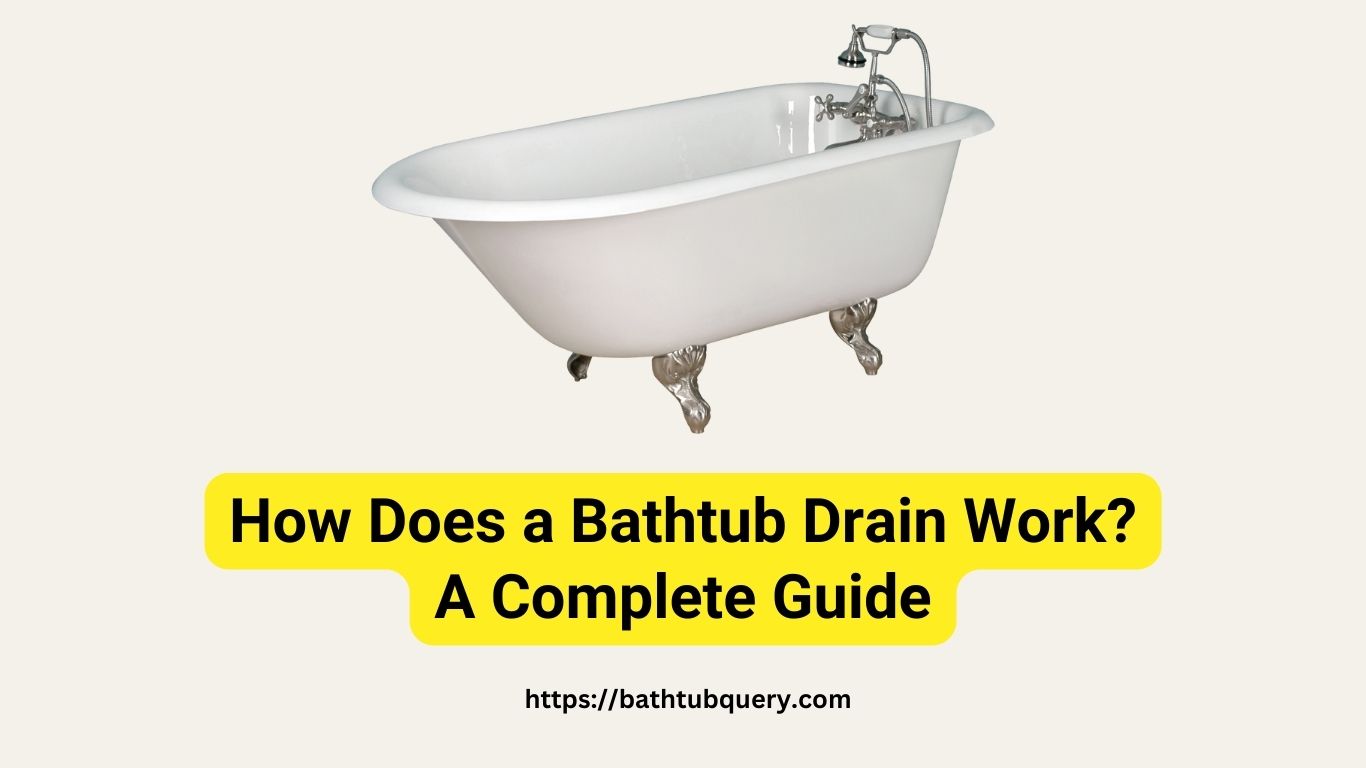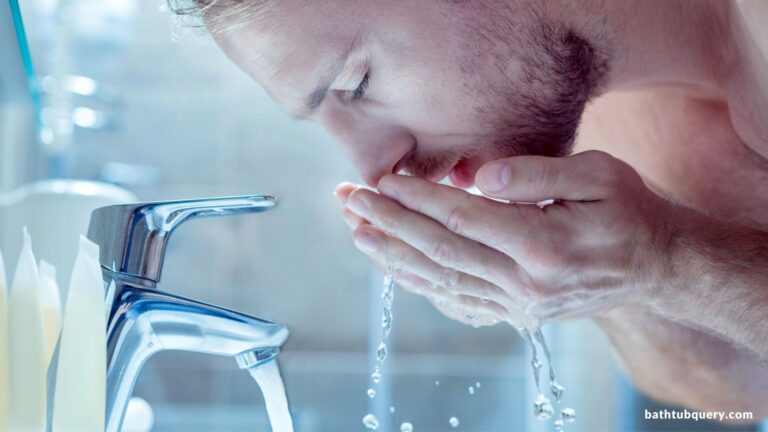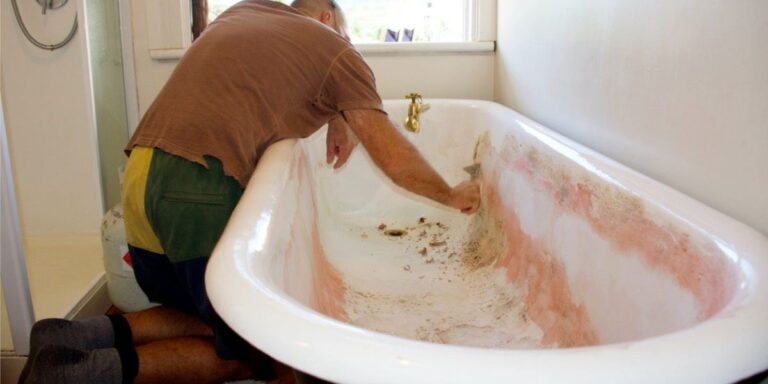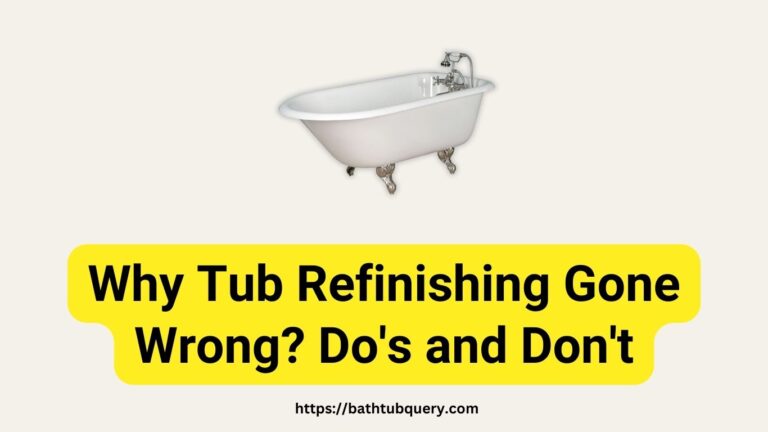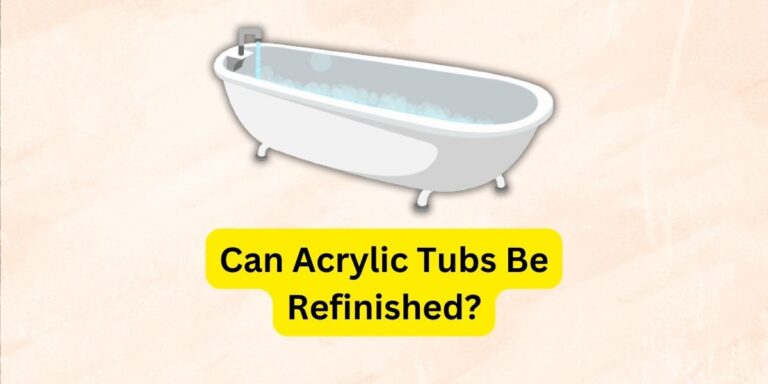How Does a Bathtub Drain Work?
When we take a bath, we often focus on the calming effect of the water and the refreshing sensation of cleanliness. However, there is an unseen hero at work in this process – the bathtub drain. Its function might seem simple, but the underlying mechanics of how a bathtub drain works can be quite fascinating.
How Does a Bathtub Drain Work?
The bathtub drain is more than just a hole at the bottom of your tub. It’s a complex system that directs water away from your home. Here’s a brief rundown of how it operates:
The Drain Opening
The simple hole at the bottom of your tub where the water exits is the initial step in the procedure and the most visible portion of the bathtub drain. Its purpose is to direct water away from your tub and into the drain system. Mr. Rooter Plumbing expert Michael Marcin recommends routine cleaning of this portion since it can accumulate hair, soap, and other debris, potentially causing clogs.
Drain Basket and Stopper
These are essential components of the bathtub drain system. The drain basket functions as a filter, capturing any large debris before it causes clogs deeper inside your plumbing system. It’s essentially the first line of defense against major clogs. The stopper, on the other hand, regulates the flow of water from your tub.
This section is manually adjustable, allowing you to fill your tub for a pleasant dip. It is essentially the drain’s gatekeeper. As This Old House plumbing expert Richard Trethewey points out, a properly functioning stopper is essential to avoid unwanted drainage or overflow.
Drain Trap
The drain trap is the curving pipe located just beneath the bathtub drain. Its primary function is to trap a little amount of water within the bend, providing a seal to keep sewage gases out of your home. Its characteristic U or P shape is well-known in plumbing design.
According to home repair expert Bob Villa, while drain traps are generally reliable, they can occasionally become a source of clogs due to the accumulation of soap and hair over time. Cleaning on a regular basis is recommended to avoid this.
Waste and Overflow Pipe
Finally, the waste and overflow pipe in the bathtub drain system is a safety element. When a specific quantity of water is reached, it goes into this pipe rather than overflowing over your bathroom floor. It’s an important piece of the equation when it comes to avoiding water damage.
This pipe links directly to your home’s main drain line, ensuring that water exits smoothly. According to On The House plumbing expert James Carey, these pipes require periodic inspection because they are prone to jams due to material buildup over time.
Types of Bathtub Drains and Stoppers
Different types of bathtub drains and stoppers serve different needs and preferences. Here are some common types:
| Type | Description |
|---|---|
| Lift-and-Turn Stopper | Operated by lifting and turning the knob to open and close the drain |
| Push-and-Pull Stopper | Operated by simply pushing or pulling the knob |
| Toe-Touch Stopper | Operated by pushing down the stopper with your toe |
| Flip-It Stopper | Flipped from one side to the other to open or close the drain |
| Trip Lever Stopper | Operated by a lever located on the overflow plate of the tub |
Tips for Maintaining Your Bathtub Drain
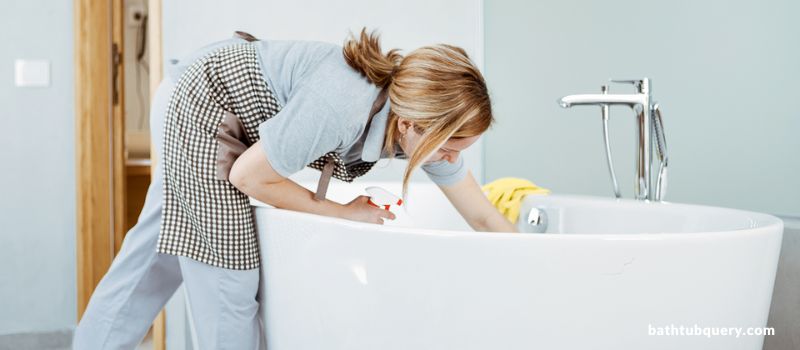
Regular maintenance of your bathtub drain can prevent blockages and ensure it continues to function efficiently. Here are some quick tips:
1. Make a Habit of Cleaning Your Drain Stopper
Often overlooked, the drain stopper in your bathtub plays a crucial role in maintaining the overall efficiency of your drain system. It’s the first line of defense in preventing unwanted material like hair and soap scum from entering your pipes. Thus, making a habit of regular cleaning is crucial. Once a week, give it a quick inspection.
Detach the stopper, clear away any accumulated material and give it a good rinse. Don’t forget to use a mild bathroom cleaner to tackle any potential buildup of soap scum. By doing this, you’re not just maintaining your drain, but you’re also increasing the longevity of the stopper.
2. Make Use of a Drain Cover: Your Drain’s Best Friend
In addition to cleaning the drain stopper, investing in a drain cover can be one of the best preventative measures you take for your bathtub drain. The mesh design of most drain covers makes them ideal for catching hair and other debris while still allowing water to flow freely.
Just place it over your drain during use, then simply lift it out, clean off the collected debris, and give it a rinse after your bath or shower. It’s a simple step that can have significant impact. Remember, it’s easier to clean a drain cover than to unclog a blocked pipe.
3. Don’t Treat Your Drain Like a Trash Can: Avoid Pouring Grease or Oil Down It
Your bathtub drain isn’t designed to handle all waste. It’s a common misconception that liquid substances like grease or oil will just flow down a drain. In fact, these substances can cool and solidify in your pipes, causing serious blockages over time. So, what should you do with grease or oil?
Once it has cooled, consider pouring it into a disposable container and tossing it in the trash. Another option is to look for local recycling programs that might accept cooking oil. By keeping these substances out of your drain, you can prevent troublesome clogs and keep your bathtub draining smoothly.
Key Takeaways
Knowing the inner workings of your bathtub drain will help you maintain it and fix any issues that crop up. Keep in mind that anything that goes down your bathroom sink or shower drain ends up in your home’s sewage system or septic tank.
You can adjust the water level in your tub by opening or closing the drain stopper. The plumbing, basket, and stopper inside your bathtub drain make up its interior. If wastewater is seeping into your bathtub from elsewhere in the house, there is probably a clog somewhere in the drain system.
FAQs
Where does water from a bathtub drain go?
The water from your bathtub drain goes down the pipes and into the sewage system or septic tank of your home. The drain system ensures water, and any debris, leaves your house in a clean and efficient manner.
How do you use a bathtub drain stopper?
It’s pretty simple. If you want to fill the bathtub, push or twist the stopper to close the drain. When you’re done, simply open the stopper to let the water drain out.
What does the inside of a tub drain look like?
The inside of a tub drain isn’t a straight tube but rather a series of pipes. It consists of the drain opening, the drain basket and stopper, the drain trap, and the waste and overflow pipe.
Why is waste water backing up into my bathtub?
This usually happens when there’s a blockage in your home’s drainage system. It could be hair, soap scum, or something else obstructing the pipes. If waste water is backing up into your tub, it’s time to call a professional plumber.
Read more:
- Are Bathtub Faucets Universal?
- Can You Get Electrocuted In The Bathtub During A Thunderstorm?
- Can You Paint A Bathtub?
- What Is The Longest Lasting Bathtub?
- How Does a Bathtub Drain Work?
- What Size P-Trap For Bathtub?

Amanda has been designing and installing bathtubs for over 15 years. She first got interested in the bathtub industry while working as an interior designer right after college. During her years as a designer, Amanda was frustrated by the lack of high-quality, unique bathtub options for her clients. This passion led her to start her own bathtub website in 2009.

